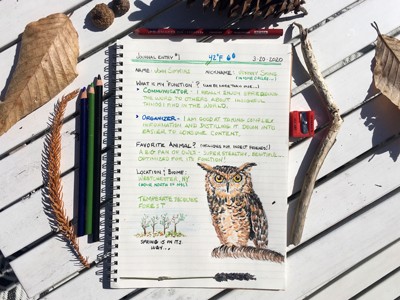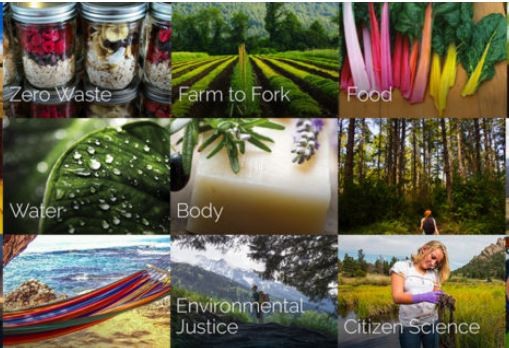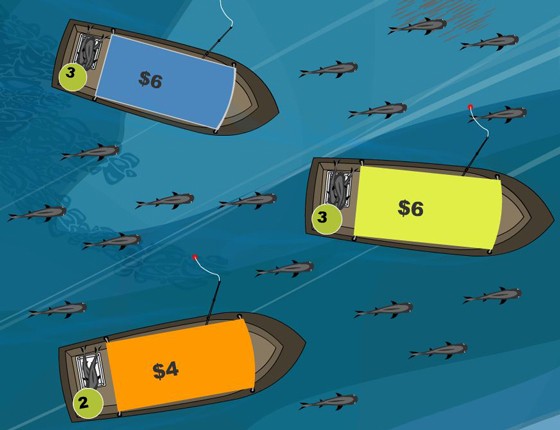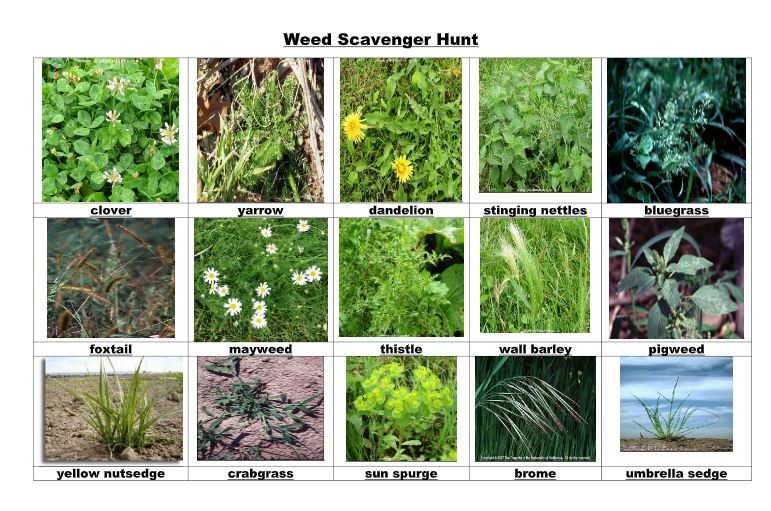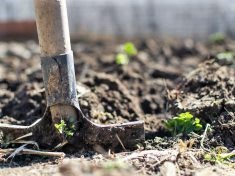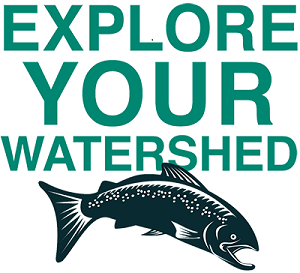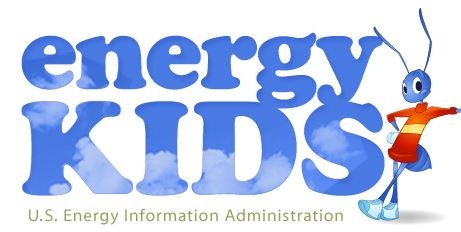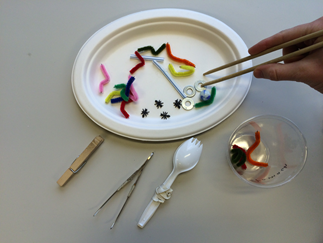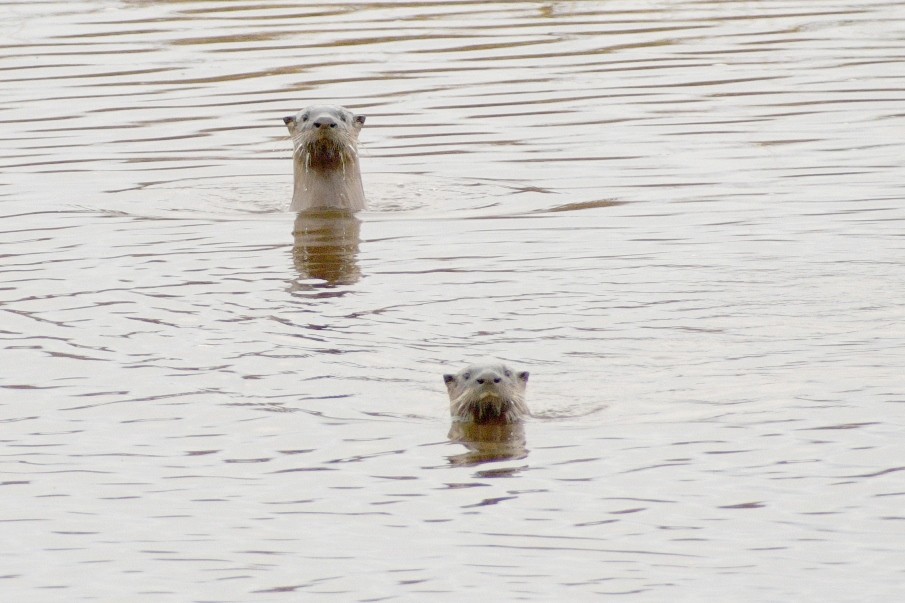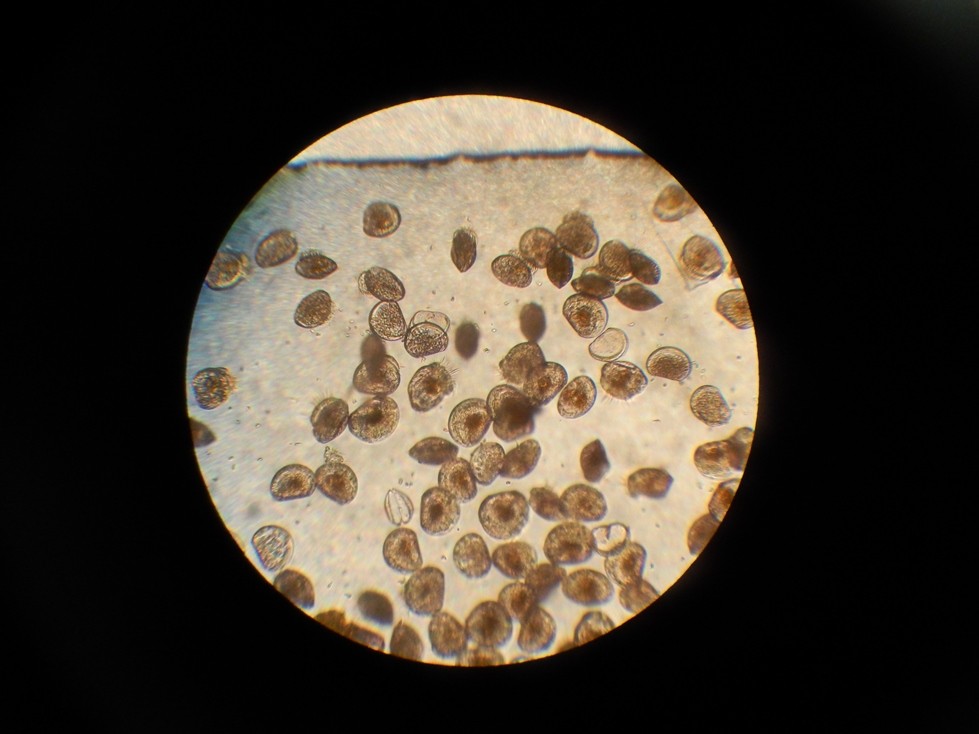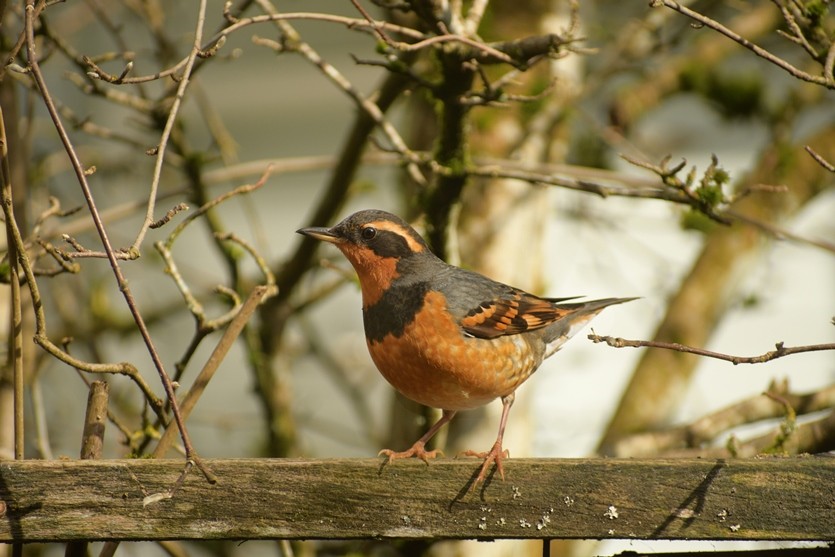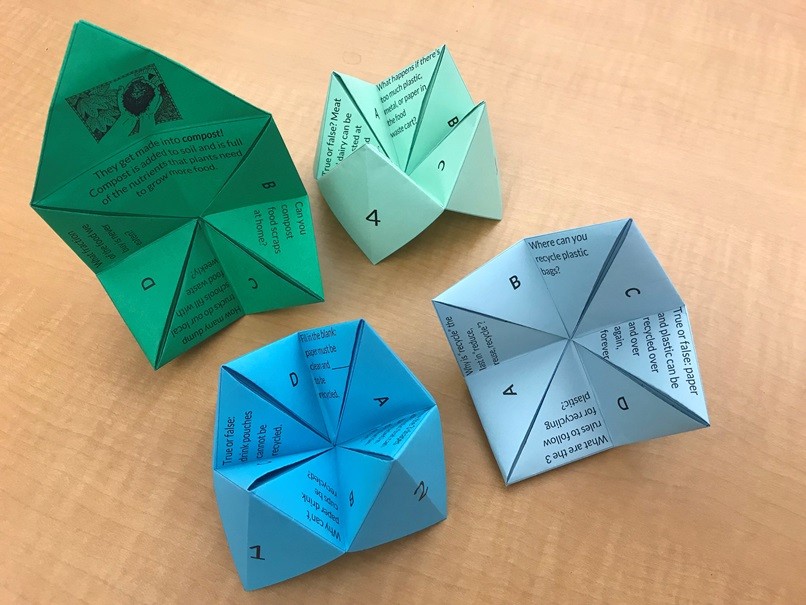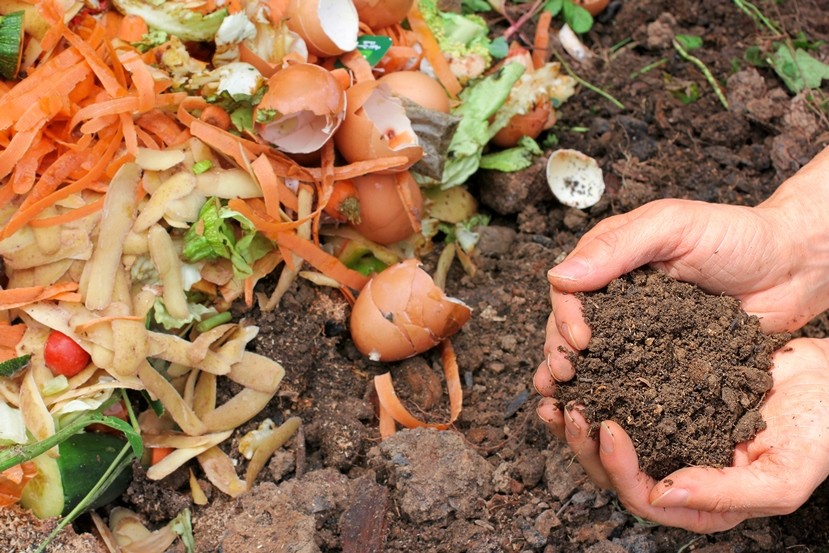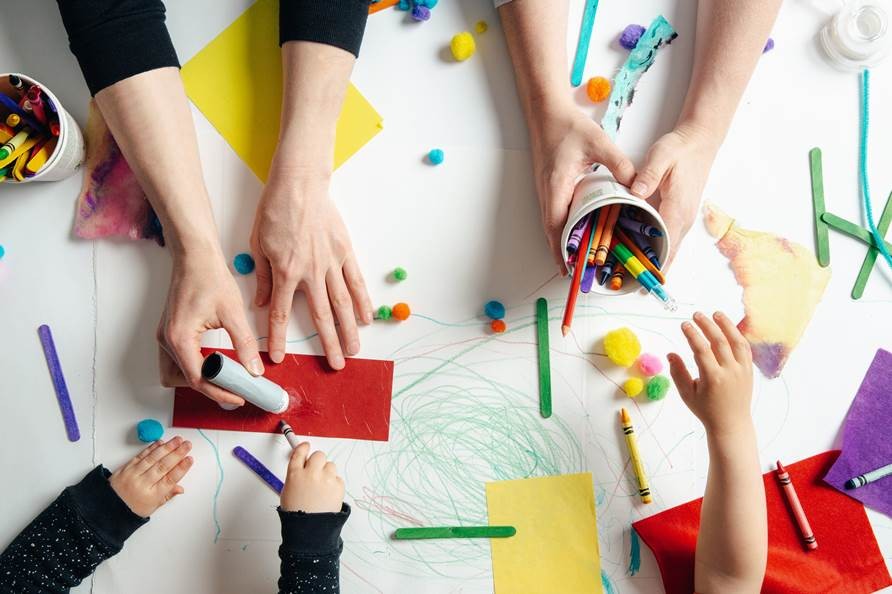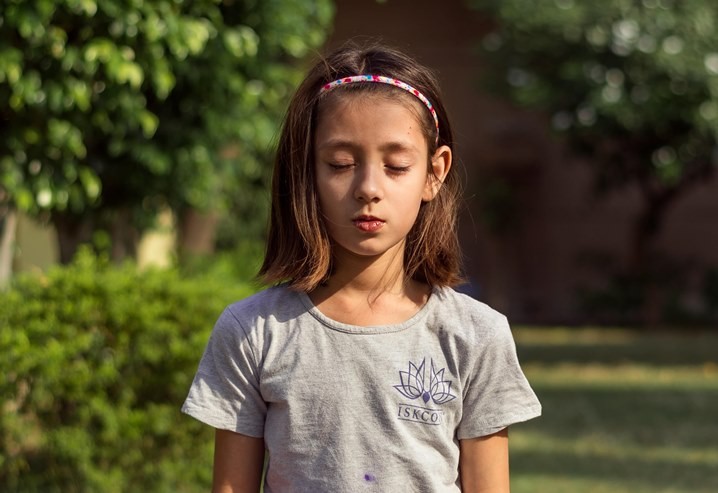Clark County Green News
Learning about sustainability and the environment from home - resources and activities!
Here at Clark County Green Schools, we are definitely missing getting to work with the amazing students and staff at local schools as they work to make the community greener. Schools may be closed, but we would like to share some of our favorite FREE activities and online resources for exploring sustainability and environmental topics from home. NOTE: we'll keep adding resources to this post as we find them, so check back or follow us on Facebook for more resources!
Whether in a backyard, neighborhood green space, or a magnificent national park, the National Park Service provides opportunities for everyone to discover and enjoy the physical and psychological benefits that come with spending time outdoors. Learn about earth sciences or go on an adventure learning about nature by becoming a Junior Explorer.
Create a natural journal and use the prompts to ponder how a leaf works, how a spider senses, how ants assign duties to one another and how different life forms and nonliving parts of our environment are linked. Learn about biomimicry and how studying nature can help us design and engineer solutions to challenges.
Turning Green Classroom offers thirty days of eco-learning for students and families with simple, fun daily activities. Resources for students, teachers and parents will help you learn about various environmental and sustainability topics.
You have ten days to catch as many fish as you can in this online game, created by the Cloud Institute for Sustainability Education. The game helps kids and adults better understand resource constraints and sustainability. Other activities on this page include a contest to guess the date of Earth Overshoot Day 2020, videos and lessons for upper high school and college students (and adults) to learn about sustainable development.
These garden scavenger hunts are in editable Word documents, so you can customize for your home and garden. Add some excitement and offer incentives/prizes if your kids complete the scavenger hunt under a certain amount of time. Or during the "Weed Hunt," hand them some gloves and a tool to remove the weeds they find! LifeLab has more fun resources that you can do at home and use your imagination to customize and re-create, for days and days of fun!
This website (and this one) has learning resources aimed for various ages, from kids and teens to adults. Kids can play the online Young Meteorologist game. For older kids, try Jetstream: The National Weather Service's Online School for Weather. You can also use the Smithsonian's Weather Lab to digitally experiment with different air masses and the types of weather they create. Or, make a book about clouds with a template and the digital picture book "The Clouds Outside My Window" as an example.
While this resource contains lesson plans mostly aimed at middle and high school students, there are lots of activities that can easily be adapted for younger ages. It also has links to great educational videos and websites, all about exploring the geology, biology and chemistry of soil. We especially love the activities about composting! Kids Gardening also has tons of activities for kids about other gardening-related topics. This is a great time of year to study plant growth, garden insects and more!
Use this interactive story map to find out which watershed you live in. Then learn about fish and wildlife, sources of pollution and the health of your watershed. Explore ways to reduce pollution at home and why healthier watersheds lead to healthier communities. Use the story map to answer questions by April 15 about your watershed and be entered to win a cool prize! Check it out.
Explore fact sheets for all grades, K-12, about plants and animals found in Washington. Then use the lessons to learn how to map species data like a scientist, using coordinates and scientific observations. This mapping the schoolyard activity can easily be adapted to map your yard or a nearby natural area. When you head outside, encourage kids to gently lift up rocks and logs to find insects and amphibians - now is the best time of year to find critters like the western red-back salamander (pictured, as found in Clark County)! Then, use the animal fact sheets to identify what you found and learn some cool facts! Información sobre los animales también en español.
Work together to engineer solutions to protect a virtual town from the sediment flows after a volcanic eruption with "Stop That Sediment!" Learn about eruption warning signs and how to forecast an eruption. Check out this list of recommended websites for learning about the volcano and the 1980 eruption.
This website has tons of links to fun resources like electronic nature magazines for kids, games and quizzes from the EPA, learning resources about home water conservation, quizzes about energy and more.
Make a beaver costume, play an online salmon survival game, learn about bird beaks (game pictured, right) and identify animal tracks with resources from LCEP. While their learning kit loaning program is on hold, many of the activities have online versions, downloadable coloring pages or instructions on gathering your own supplies for these fun learning activities.
On a rainy day, learn about the unique habitats at the Ridgefield National Wildlife Refuge via the "Oaks to Wetlands Adventure Website."
Have an old laser pointer lying around? Maybe from when your cat still actually played? Turn it into a microscope, and use it to explore the biology of plants, microorganisms in pond water and play a game of wildlife CSI. The wildlife CSI page has some cool lessons about identifying bird feathers, and a virtual tour of the national wildlife forensics lab which is located in Oregon!
This app is free, and really fun! It has an easy to use quiz to help you identify a bird you saw, or you can browse a list of species that are likely to be seen at your location on the current date (like the varied thrush, pictured right, most commonly seen in Clark County around this time of year). The profiles for the different birds feature photos, maps and recordings of the species' different types of calls. The website includes fun facts about each species' behavior. Sign up for eBird to report your observations, which helps scientists track how bird populations and migrations may be changing.
These videos include environmental and scientific topics in bite-sized videos with fun animations. Our favorites include: "How to Turn Poop into Power," "How Much Air Can a Tree Hold," "The Secret Weapon That Could Help Save Bees," "Are Plastics Too Strong," "Transparent Solar Panels," "Why Biodiversity is Good for the Economy," "How to (Literally) Save Earth," "Climate Change: The View from MinuteEarth," "How do Greenhouse Gases Actually Work," "How Much Does Meat Actually Cost," "Ocean Confetti," and "Garbage Doesn't Lie."
Download waste and recycling activities from Clark County Green Schools
Download and print the Clark County Green Schools coloring book, and origami "fortune tellers" to quiz family members about recycling and composting.
Build a lasagna compost garden bed or compost pile
The Master Composter Recycler website has lots of great how-to instructions and videos to help your family create a compost pile, or a garden bed made of household and kitchen scraps that you can plant in immediately! The MCR program also has recipes for green cleaners you can make at home.
Make functional items out of (clean) waste
Search Pinterest for DIY projects that upcycle waste materials from around the house and create functional objects. There are also good ideas, grouped into categories, here. Now is a great time to teach your kids a new skill, like sewing! You can use scrap fabric to make face masks - some local medical facilities are asking sewers to make and donate masks. Get the pattern here.
Learn about climate change, weather versus climate, the atmosphere, water, energy and plants and animals through NASA's ClimateKids interactive website. This fun site has games, activities, videos and more! We like the solar oven activity... you get to eat the delicious results!
Make a sound map
This one isn't so much about sustainability, but it's a favorite activity of ours. Making a sound map is an exercise that encourages you to connect with nature, be present and calm. Close your eyes and listen, then try to create a map of everything you hear. Check it out.
When you subscribe to the blog, we will send you an e-mail when there are new updates on the site so you wouldn't miss them.



